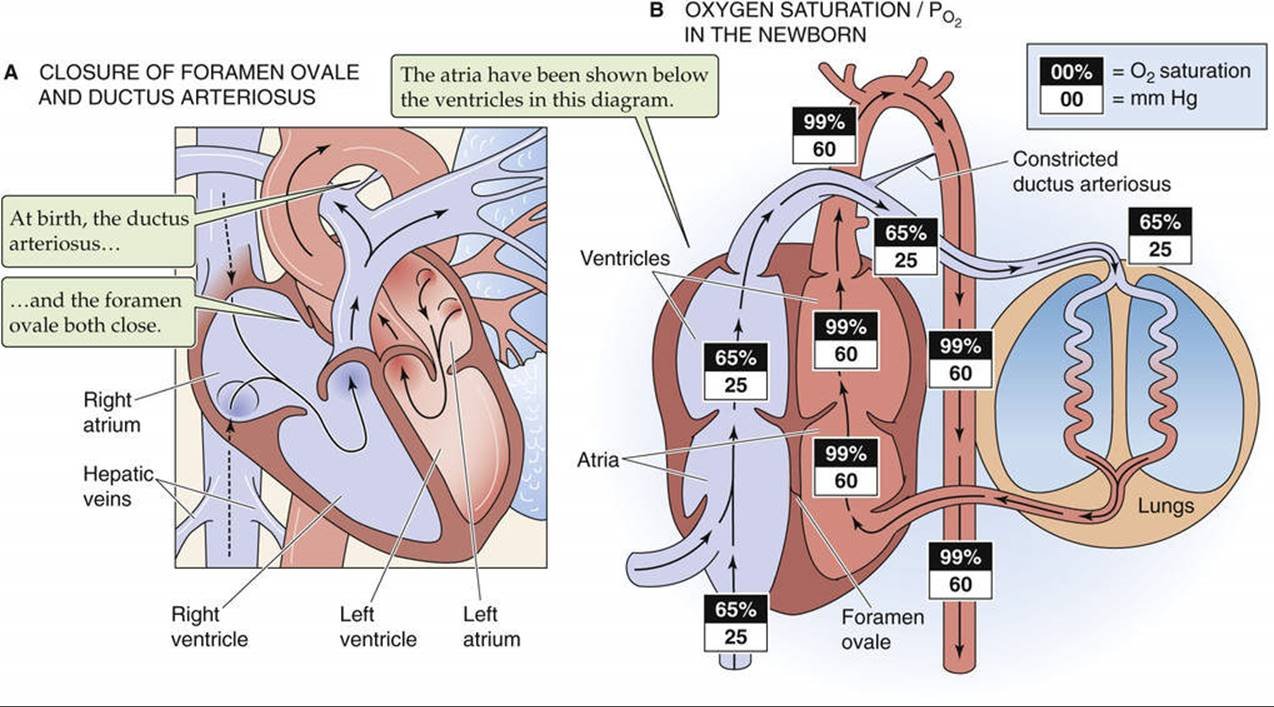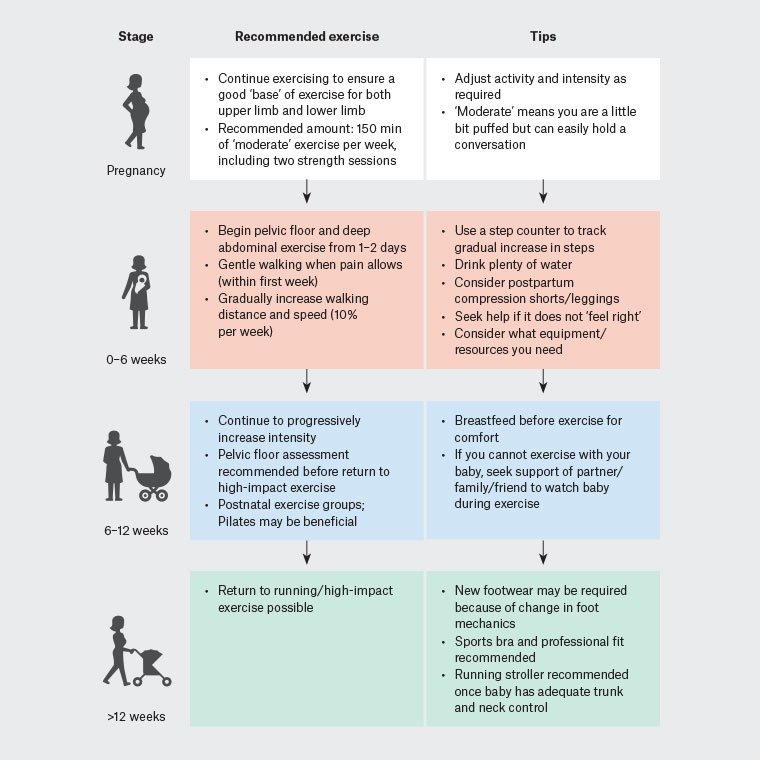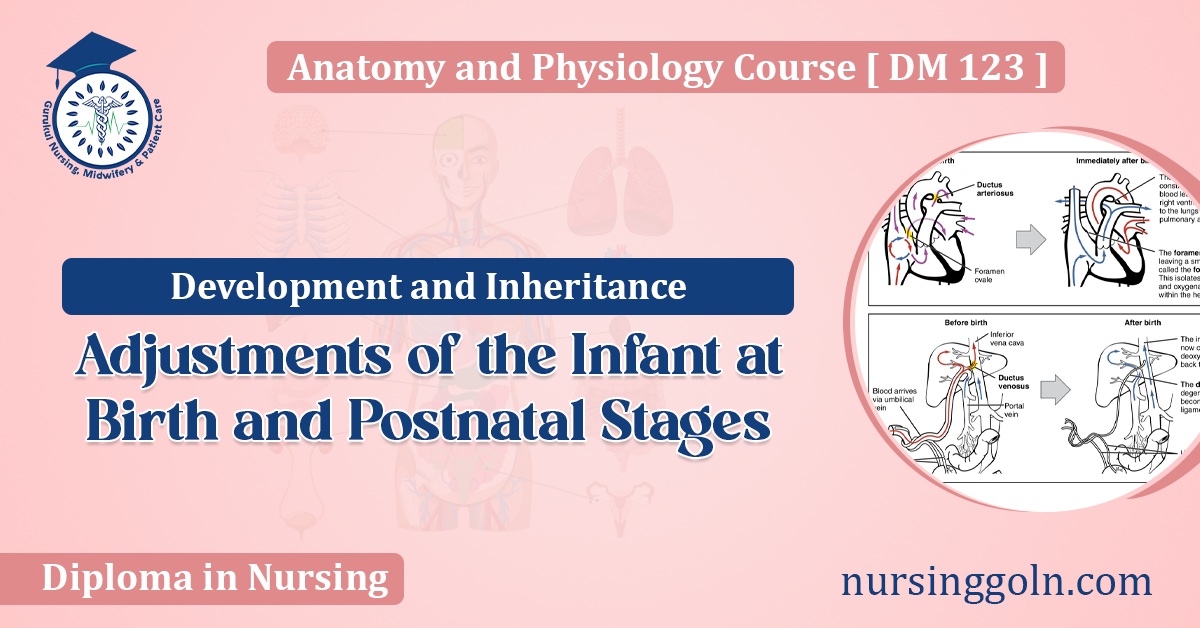Today our topic of discussion is ” Adjustments of the Infant at Birth and Postnatal Stages “. Birth is a monumental event in human development. It is the point at which a fetus must adjust from the aquatic, insular environment of the womb to the expansive and independent realm of the outside world. This transition requires significant physiological adjustments in the newborn.
The postnatal stage, the period following birth, is marked by rapid growth and development as the infant adapts to its new environment. This article explores the remarkable changes and adjustments an infant undergoes at birth and during the postnatal stages, shedding light on the processes of development and inheritance.
Adjustments of the Infant at Birth and Postnatal Stages : Development and Inheritance
Adjustments at Birth
The journey from intrauterine life to the external world involves several critical adjustments for the newborn. These changes occur in various systems of the body:
Respiratory Adjustments
Perhaps the most immediate and life-sustaining change is the establishment of the infant’s independent breathing. Inside the womb, the fetus relies on the placenta for oxygen and carbon dioxide exchange. At birth, this function must shift to the infant’s lungs. With the first breaths, the alveoli in the lungs expand. Surfactant, a substance produced by the fetal lungs, is critical in reducing surface tension and keeping the alveoli open. This respiratory shift also prompts the closure of the fetal circulatory shunts, namely the ductus arteriosus and the foramen ovale, which allowed blood to bypass the non-functioning lungs while in utero.
Cardiovascular Adjustments
At birth, the newborn’s circulatory system must redirect blood flow to the now-functional lungs for oxygenation. The umbilical vessels constrict, and within minutes to hours after birth, the ductus arteriosus begins to close, becoming a ligament by the end of the first month. The foramen ovale also closes due to increased pressure in the left atrium from the now oxygen-rich blood returning from the lungs. This functional closure may take several months to become anatomically sealed. These changes ensure the newborn’s blood is oxygenated through the lungs and that oxygenated and deoxygenated blood no longer mix as they did in utero.

Thermoregulatory Adjustments
Newborns are also faced with the challenge of regulating their body temperature. The loss of the insulating environment of the amniotic fluid and the relatively large surface area of their bodies compared to their weight make them particularly susceptible to heat loss. They adapt through mechanisms such as non-shivering thermogenesis, where brown fat, a type of fat present in newborns, is metabolized for heat production. Newborns also increase their metabolic rate and muscular activity (e.g., crying, moving) to generate warmth.
Metabolic and Digestive Adjustments
At birth, infants must begin to process nutrients and medications independently. Their liver and digestive system, which received pre-processed nutrients via the placenta, now must handle breast milk or formula. The liver begins to store glucose in the form of glycogen and break down bilirubin, a byproduct of red blood cell turnover that can cause jaundice if not adequately processed.
Immunological Adjustments
Newborns receive passive immunity from their mothers through the placenta and breast milk, which provides important antibodies. However, their own immune systems are not fully developed at birth. Over time, exposure to pathogens and vaccinations help to build the infant’s active immune defenses.
Postnatal Stages
The postnatal period is categorized into several stages: the neonatal period (first four weeks), infancy (up to 1 year), and toddlerhood (1 to 3 years). Each of these stages is characterized by rapid growth and development.
Neonatal Period
The neonatal period is critical for the establishment of feeding, consistent growth patterns, and bonding with caregivers. Newborns sleep for most of the day, waking primarily for feeding. Breastfeeding or formula provides essential nutrients for growth and development and helps to establish the infant’s gut microbiome, which is crucial for digestion and immunity.
Infancy
As infants grow, their physical, cognitive, and emotional development accelerates. They gain control over their movements, progressing from reflexive actions to purposeful grabbing and sitting up. Cognitive developments include the recognition of caregivers, responding to environmental stimuli, and exploring the world through the five senses.
During this stage, infants also begin to babble, laying the groundwork for language acquisition. Emotional bonds strengthen as infants form attachments to their caregivers, which is critical for their social and emotional development.
Toddlerhood
Toddlerhood is marked by increased independence. Toddlers learn to walk, run, and climb, exploring their environment with greater curiosity. Language skills develop rapidly, with vocabulary expanding from single words to complex sentences. Toilet training is also a significant milestone in this stage.

Challenges during the Postnatal Stages
The postnatal stages, while a time of incredible growth, also present challenges:
- Growth and Nutrition: Maintaining proper nutrition to support rapid growth can be challenging, especially if the infant has food sensitivities or intolerances.
- Sleep Patterns: Establishing healthy sleep patterns is often a struggle for parents and infants alike.
- Developmental Milestones: Each child develops at their own pace, but significant deviations from developmental milestones may indicate underlying issues that require medical attention.
- Immunizations: Keeping up with immunization schedules is critical for preventing childhood diseases.

The Role of Inheritance
Throughout all these stages, the role of inheritance is evident. Genes inherited from both parents not only determine physical attributes but also influence the development of organ systems and the risk of certain diseases. Moreover, genetic inheritance interacts with environmental factors, shaping the child’s growth and development trajectory.

Conclusion
The birth of a child and the subsequent postnatal period encompass a series of rapid and intricate adjustments and developments. From the critical transition at birth to the growth and learning that characterize infancy and toddlerhood, each stage is both a result of and a contributor to the ongoing story of human development and inheritance. Understanding these stages helps caregivers support the health and well-being of infants as they make the dramatic transition from life in the womb to becoming independent individuals in the world.
Read more:
